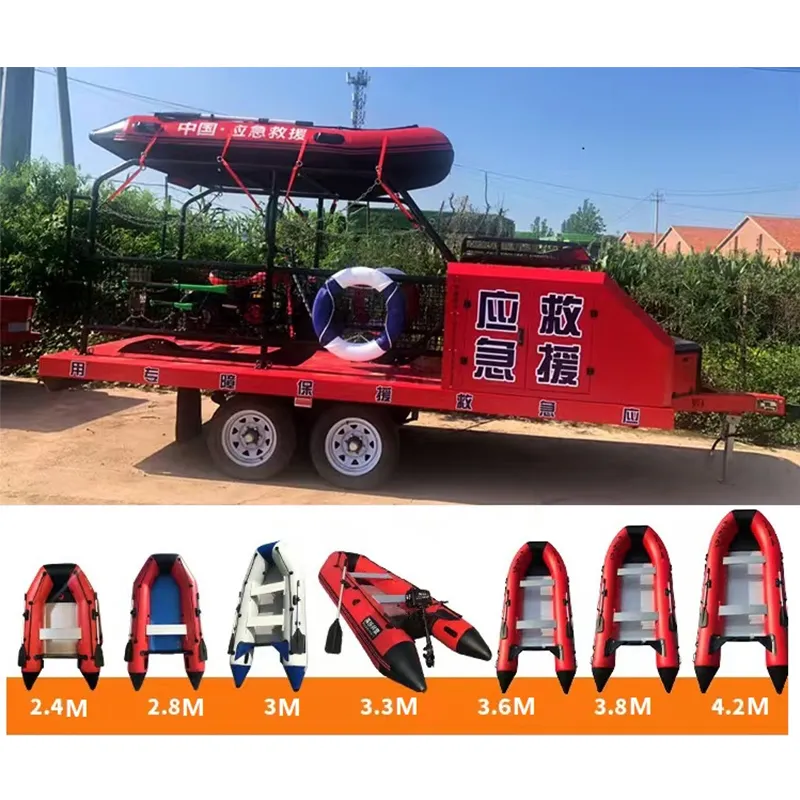

Technology's role in monitoring and strategizing is growing. Drones equipped with thermal imaging technologies provide real-time data on fire spread, intensity, and direction. This information is invaluable for tactical planning and deploying resources efficiently. Satellite imagery complements drone data, offering broader, but less frequent, insights into the wildfire's overall impact on the ecosystem. Adding to these capabilities, communication gear ensures that firefighters remain connected with command centers and each other, even in the most remote locations. Radios with long-range frequencies and satellite phones are standard in the arsenal, facilitating coordination and rapid response to changing conditions. This connectivity is critical not just for operational success but also for the safety and well-being of the firefighting teams. In recent years, fire-resistant shelters have been introduced, providing vital lifesaving protection for firefighters. These portable shelters can withstand extreme temperatures and provide a final line of defense if a crew becomes trapped. While deployment is rare, understanding the dynamics and operation of these shelters offers peace of mind and an additional layer of safety. The ever-evolving nature of forest fire threats demands continual advancements in fire fighting equipment. Manufacturers and agencies are collaborating globally to innovate and enhance the efficacy of these tools and technologies. Moreover, strategic collaboration fosters a robust exchange of best practices, ensuring those on the front lines are equipped with not only the best tools but also the latest tactics and strategies. In summary, the synergy of advanced technology, reliable equipment, and expert training forms the backbone of effective forest firefighting efforts. As forest fires continue to pose significant risks, investment in and awareness of these innovations are paramount. Through continued development and deployment of cutting-edge equipment, the firefighting community can better safeguard both human lives and vital ecosystems.





























